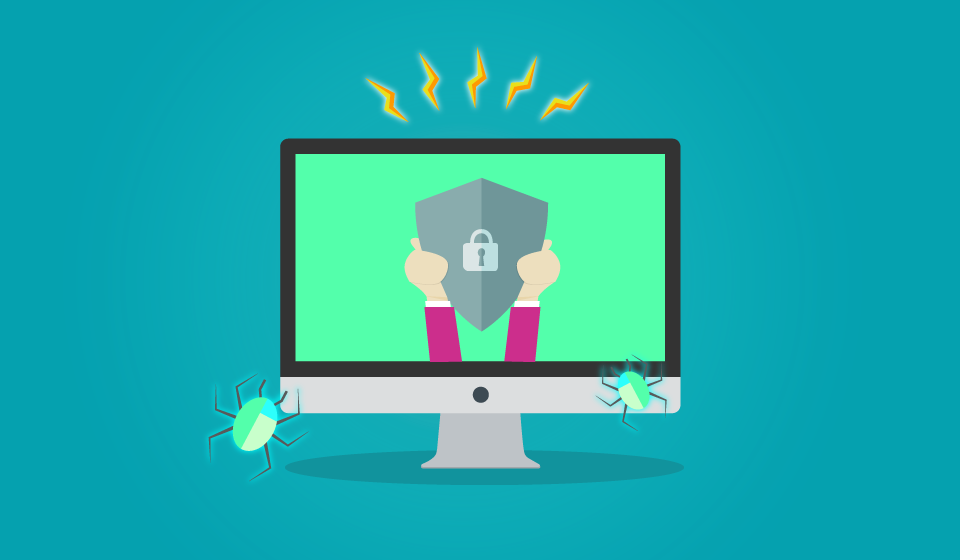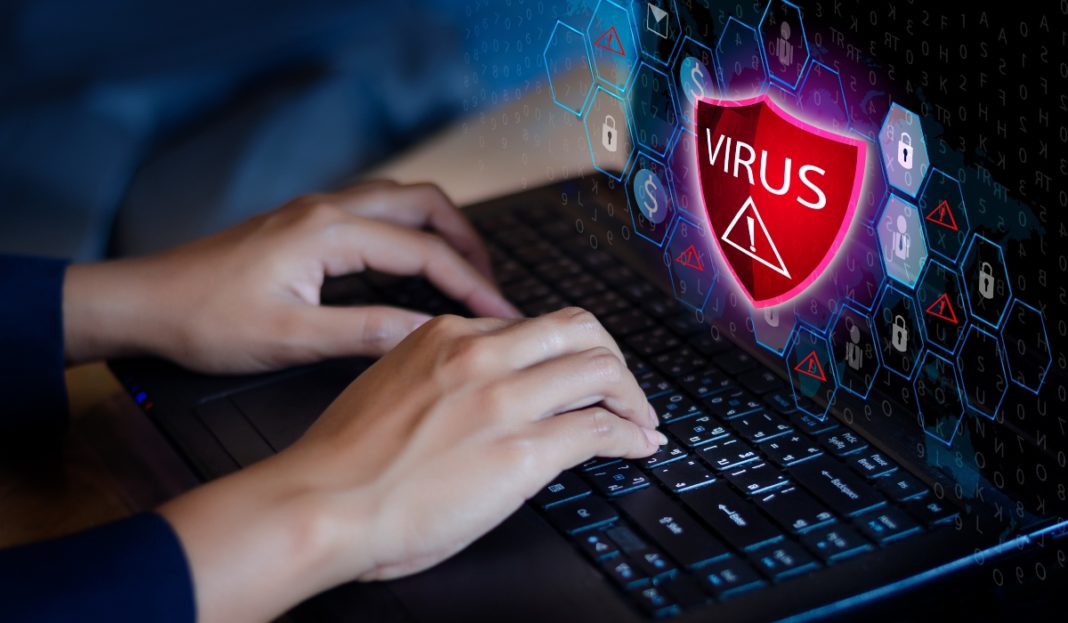When we talk about computer security, a virus is the main threat. It can destroy a single program or the entire computer system instead. Today there is a wide variety of types of computer viruses. In fact, 57% of the threats that affect the security of computers and systems are viruses.
Today, the different types of computer viruses are still very widespread, affecting the performance of computers. Viruses are also hacker tools to gain unauthorized access to systems and steal sensitive information.
That is why it is very important to know the different types of computer viruses that can affect business systems is the first step to guarantee effective protection and here we have some of these and what these malicious programs consist of:

Types of Viruses
▸Resident viruses
The main characteristic of these viruses is that they hide in the RAM memory permanently or resident. In this way, they can control and intercept all the operations carried out by the operating system, infecting all those files and / or programs that are executed, opened, closed, renamed, copied. Some examples of this type of virus are: Randex, Meve, MrKlunky, etc.
▸Direct-acting virus
Unlike residents, these viruses do not stay in memory. Therefore, their main objective is to reproduce and act at the very moment of being executed. When a certain condition is fulfilled, they are activated and look for the files located within the same directory to infect them.
▸Virus overwrite
These viruses are characterized by destroying the information contained in the files they infect. When they infect a file, they write inside its content, making it totally or partially unusable.
▸Boot virus
The terms boot or boot sector refer to a very important section of a disk or storage unit CD, DVD, USB memory etc. In it, essential information about the characteristics of the disk is stored and there is a program that allows you to start the computer. This type of virus does not infect files, but the disks that contain them.
They work by infecting the boot sector of storage devices first. When a computer starts up with a storage device, the boot virus will in turn infect the hard drive. Boot viruses cannot affect the computer until an attempt is made to start the latter with an infected disk. Therefore, the best way to defend against them is to write-protect your storage devices and never start your computer with one of these unknown devices on your computer.
▸Link or directory virus
The files are located at certain addresses (basically made up of a disk drive and directory), which the operating system knows in order to locate and work with them.
Link or directory viruses alter the addresses that indicate where the files are stored. In this way, when trying to execute a program (file with an EXE or COM extension) infected by a link virus, what is actually done is to execute the virus, since it will have modified the address where the program was originally located, placing itself instead.
▸Encrypted viruses
More than a type of virus, it is a technique used by some of them, which in turn may belong to other classifications. These viruses encrypt themselves so they cannot be detected by antivirus programs. To carry out its activities, the virus decrypts itself and, when it has finished, re-encrypts itself.
▸Polymorphic viruses
They are viruses that in each infection they carry out are encrypted in a different way (using different algorithms and encryption keys). In this way, they generate a high number of copies of themselves and prevent antivirus from locating them by searching for strings or signatures, which is why they are usually the most expensive viruses to detect.
▸Multipartite viruses
Very advanced viruses, which can carry out multiple infections, combining different techniques for this. Its target is any element that can be infected: files, programs, macros, disks, etc.



